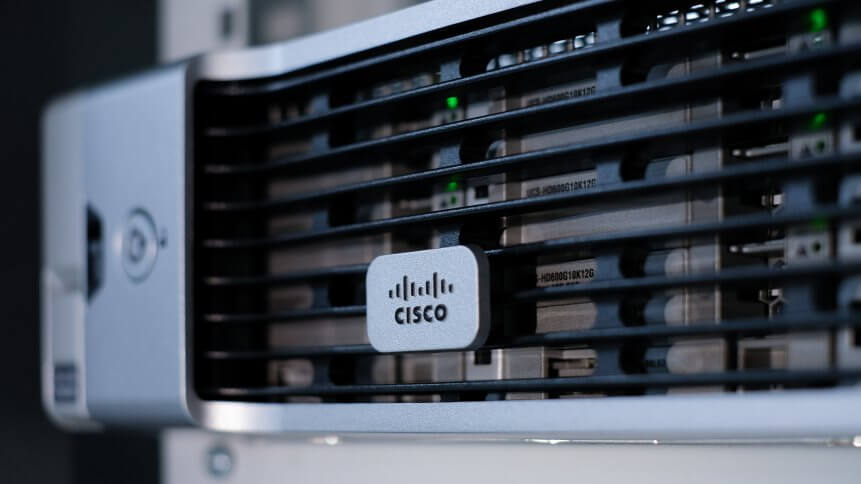What can WiFi 6 do for your company?

It’s hard to imagine a world without WiFi. It has become the lifeblood of our digital lives, and there are now 8 billion WiFi-enabled device globally, according to an infographic by World Broadband Alliance.
Despite the odd connectivity issue every now and then, Wifi’s benefits far outweigh the problems it has and, unsurprisingly, the technology is only getting better with advancements in 5G, which is catering for a new generation of LAN connectivity: WiFi 6.
Set to release late this year, WiFi 6 is estimated to bring well over US$850 Billion by 2025 as sales of wireless devices spike after its introduction– it’s touted to truly outperform is predecessor.
What is WiFi 6?
Known in the tech community as 802.11ax, WiFi 6 is the latest wireless LAN architecture that allows more data to be transferred, more devices to be connected to one router and more efficient power use. It still works on the same frequency channels as WiFi 5 (2.4Ghz and 5GHz), but it floods the channels with more data to make better use of them.
Thanks to its bigger data transfers, it offers speeds up to 11Gbps as compared to WiFi 5 (our current technology) which transfers a maximum of 1Gbps, according to Cisco.
The faster speed would make working on any SaaS (software as a service) much more of a breeze. Browsing, upload and download speeds would also increase dramatically and this would result in smoother con-calls and faster file transfers, especially large ones.
By improving the antenna’s Multiple-in, Multiple-out (MIMO) technology, it also allows more devices to be connected to it at one go, as opposed to WiFi 5 and its predecessors where some devices fail to connect due to frequency overpopulation. That’s something SMEs would find this useful especially companies that practice agile working and cafe’s that provide WiFi for patrons.
Since WiFi 6 is designed to be part of a secure corporate LAN, staff would no longer need to tunnel their connection through a VPN to access applications, files and data that’s stored in their corporate intranet, as opposed to 5G users that would need VPN as it is a cellular network. This makes the biggest difference between these two techs, thus far.
YOU MIGHT LIKE

Vodafone to launch 5G in UK cities this summer
Is it for you?
Once WiFi 6 is rolled out later this year, it would help businesses drive more value from their present IT infrastructure. For instance, the huge transfer rate would allow businesses to attain 5G-level performance for a much affordable price by changing just a few hardware in their office, like the routers.
It would also make connectivity at crowded offices and cafe’s much easier thanks to its ability to connect more devices at one go. Being one of the biggest issues with the current WiFi technology. WiFi 6 can ensure that with it’s improved antenna technology (MIMO), no connections will be dropped and speeds will be constant between devices, leaving no room for lags.
What’s more, since the hardware don’t cost as much as 5G devices, it may find other uses too apart from just offices, homes and public spots. With more WiFi-ready devices being available, experts predict that WiFi 6 will see application in almost every industry, ranging from agriculture to zoology according to the infographic by World Broadband Alliance.
Are you WiFi 6 ready?
Without a doubt, WiFi 6 will improve office productivity much further. Some might call it “the gift from IT Gods” to businesses. By investing in a WiFi 6 office IT infrastructure, businesses can enjoy the exact same offering from 5G, yet save money doing so.
But all that would only be possible if the right hardware is in place. As the technology is still in its infant stages, it’s best to get help and advice from professionals if you’re looking to upgrade your office’s wireless connectivity to WiFi 6.









